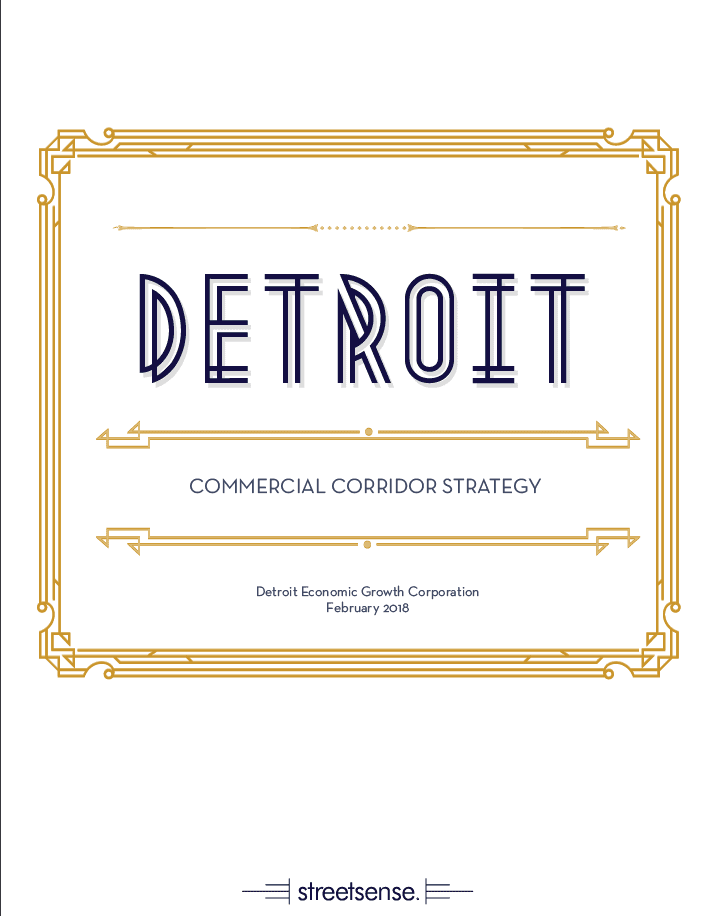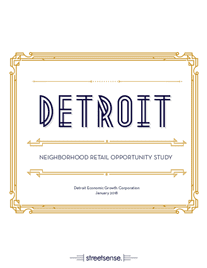Neighborhood Business Planning
The Right Look for Retail
Commercial districts are clustered retail areas with the ability to catalyze additional investments along neighborhood main streets. Below are just some of their features.
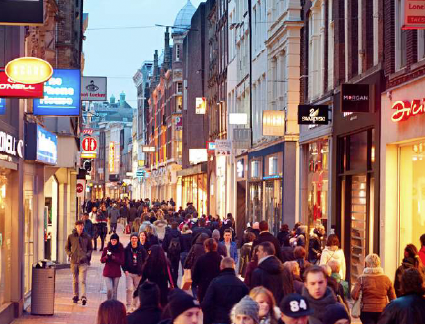
Concentrated
A continuous row of storefronts, uninterrupted by blank walls, driveways, and other gaps in the fabric.

Double-Sided
Both sides of a street host occupied retail to expose stores to the greatest number of customers.
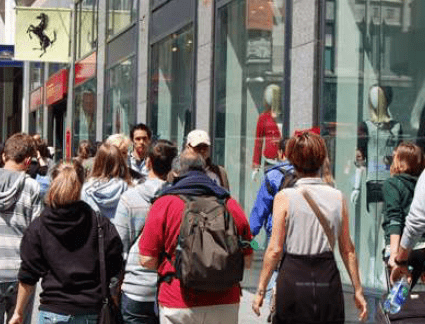
Customer Adjacent
Customers prefer stores adjacent to sidewalks, not placed behind parking lots or across a large open space.

Accessible
Improve traffic by eliminating grade changes, ramps, parking spaces, and curb cuts.
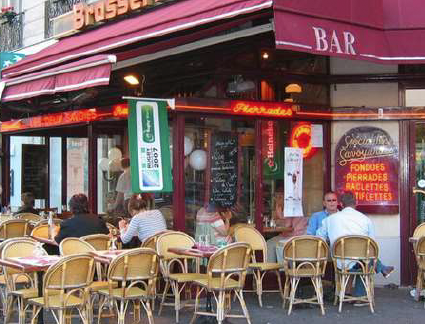
Highly Visible
Highly visible corner lots on streets that have high traffic counts – and therefore high visibility.

Traffic Leveraging
Retailers want to know their store is on a busy street, but not a congested thoroughfare.
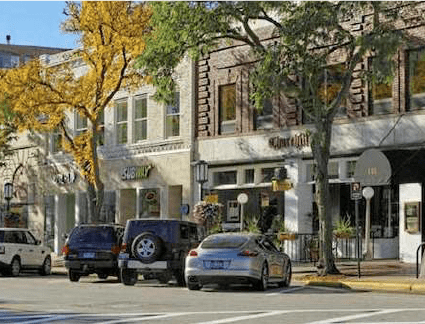
Parking Provided
Tenants need opportunities to attract customers arriving by every available transportation mode – car, bus, on foot, bicycle – and having enough parking nearby.
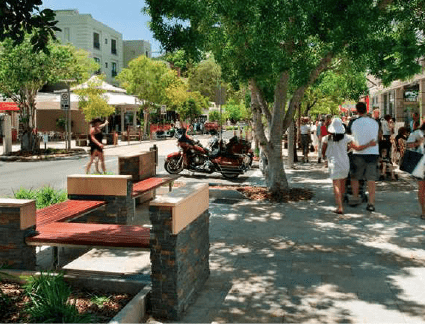
Uncluttered
A sidewalk’s furniture, plantings or patterns can create difficulties in travel and direct access to shops. The solution is to simply and streamline.
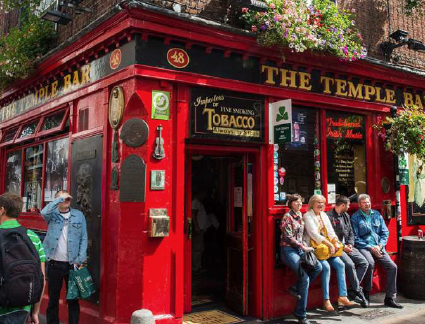
Flexible
Tenant space that is designed to be flexible will have the best chance of long-term sustainability and will be able to meet the needs of diverse users.
Non-retail Strategies
Non-retail uses, located on the ground floor, also contribute to corridor’s vibrancy. These uses include gyms, banks, residential units, office spaces, daycares, automobile dealerships and service centers, and funeral homes to name a few. They can be transformed to maximize retail districts.
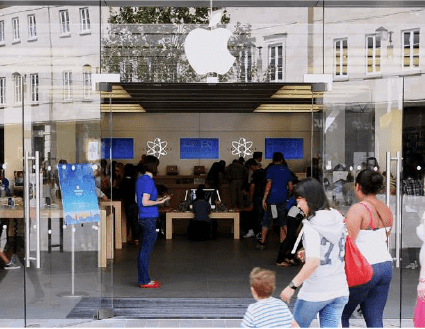
Transparent
Clear glass that promotes visibility for a minimum of 10 feet into the interior of all commercial areas and residential amenity areas allows for visual connections in and out of the semi-private space.

Furnished
A well maintained, well-lit sidewalk with amenities can increase vibrant pedestrian activity in front of non-retail uses.

Illuminated
The ground floor tenant should be illuminated and feature retail-like signage and graphics that reflect the identity of the corridor.
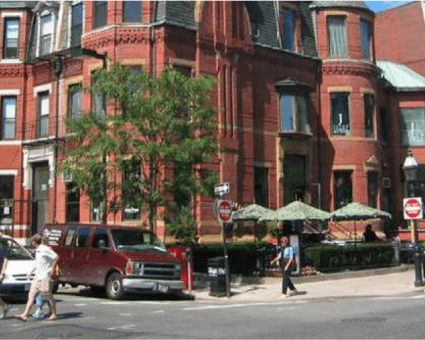
Residential Uses
To engage with the street, common areas (such as building lobbies), stoops, unfenced small front yards, and limited setbacks are encouraged.
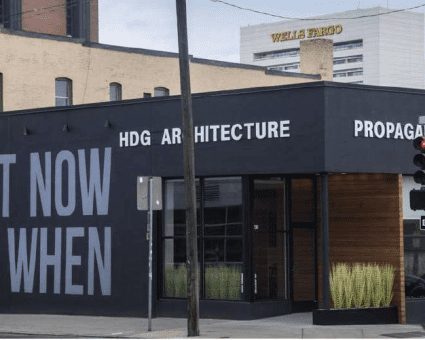
Office uses
Office spaces located along the corridor should engage the street much like retail uses. Cafe tables outside will provide an alternate space for employees during lunch, meetings, or breaks, which simultaneously activating the street.
Planning Guides and Resources
Neighborhood Retail Study (Complete)
This landmark tool helps create thriving neighborhoods by measuring local demand for goods and services, taking inventory of vacant storefront, tracking customer spending, and measuring demand for retail space. It is helping small business operate successfully along each neighborhood corridor.
Commercial Uses Prototype Book
A companion piece to Detroit Neighborhood Retail Opportunity Study, this book was developed to help retailers with the design of their building. It helps with business owners with space layout, color palette, merchandising, and brand – all of which serve important roles in creating the customer experience.
Detroit Regional Partnership Small Business Tools (SizeUp)
The SizeUp tool gives business intelligence and market research to companies to help them make smarter decisions through data. Using this resource, business owners can analyze competitive benchmarks, find customers, suppliers and competitors, and pinpoint the best locations to advertise.
